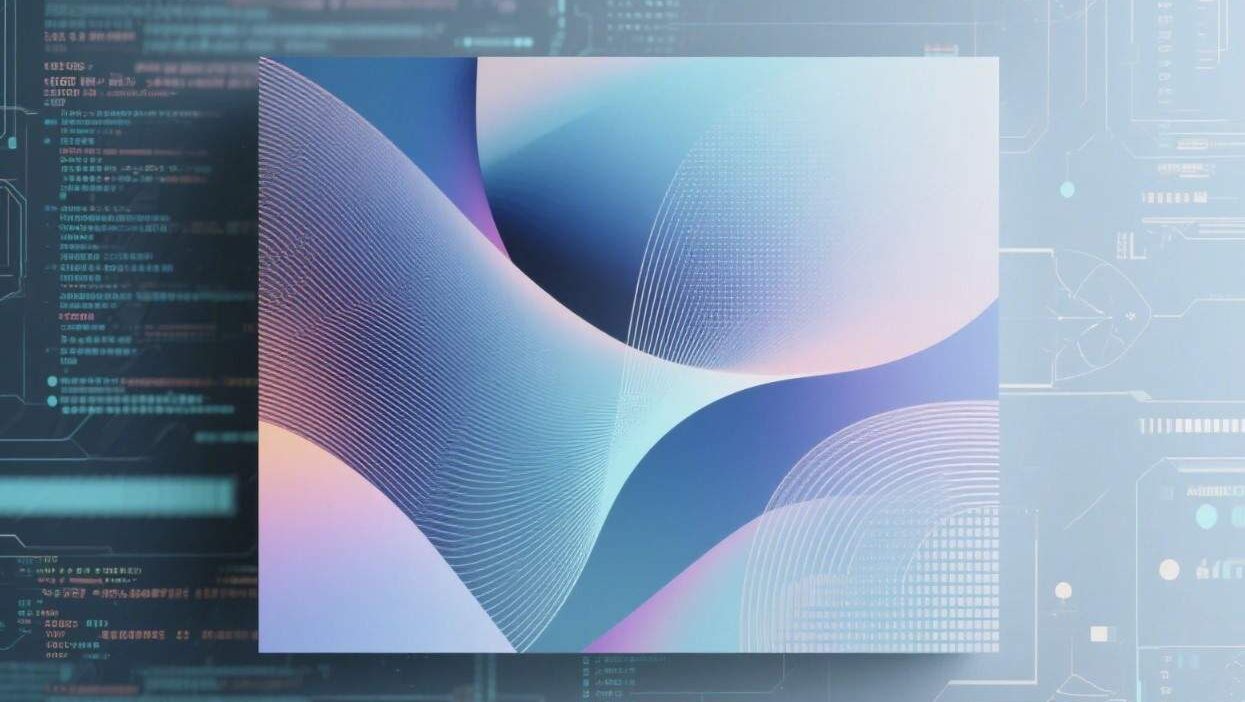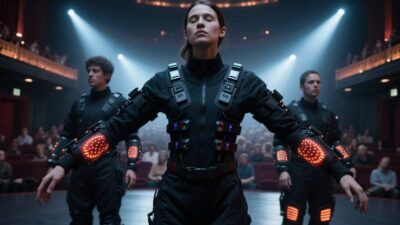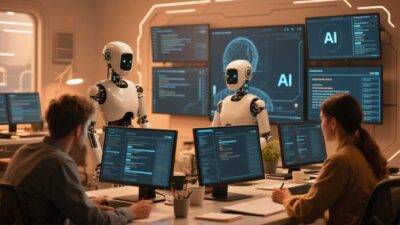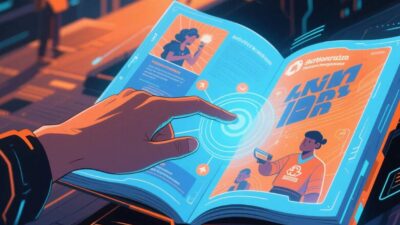Redefining Creativity Through Decentralized Governance
When Code, Community, and Canvas Collide
Generative art—created by algorithms, AI, or collaborative digital tools—has exploded in popularity, blurring the lines between human creativity and machine innovation. Meanwhile, Decentralized Autonomous Organizations (DAOs)—blockchain-based entities governed by smart contracts and community members—are redefining how we own, trade, and collaborate on digital assets. Together, these two forces are reshaping the art world: Generative Art Markets Controlled by DAOs are emerging as a new paradigm, where creation, distribution, and governance are decentralized, transparent, and community-driven. This report explores how DAOs are powering the next evolution of generative art, from collaborative creation to democratic ownership.
Generative Art & DAOs: A Match Made for Decentralization
To understand their synergy, we first define the key players:
1. Generative Art: Art by Algorithm, for the People
Generative art is created using algorithms, AI models (e.g., GPT, diffusion models), or interactive tools that incorporate randomness, user input, or environmental data. Unlike traditional art, it often involves collaboration between humans and machines—for example, an artist might prompt an AI to generate a base design, then refine it manually. Platforms like MidJourney, DALL-E, and Stable Diffusion have democratized access to these tools, enabling anyone to create unique, one-of-a-kind pieces.
2. DAOs: The Decentralized Governance Model
DAOs are blockchain-based organizations governed by rules encoded in smart contracts. Members (token holders) vote on decisions—from project funding to curation—eliminating the need for central authorities. DAOs thrive on transparency, immutability, and community ownership, making them ideal for managing collaborative, digital-first assets like generative art.
How DAOs Power Generative Art Markets
DAOs are transforming generative art markets by addressing three critical needs: creation, distribution, and governance.
1. Collaborative Creation: Democratizing Art-Making
Generative art thrives on collaboration, and DAOs provide the infrastructure to coordinate it:
- Community-Driven Prompts: DAOs like Generative Art DAO (GADAO) let members vote on prompts (e.g., “surreal landscapes with neon accents”) that guide AI models. This ensures art reflects collective tastes, not just individual creators’ visions.
- Hybrid Human-AI Workflows: Artists and coders collaborate within DAOs to fine-tune algorithms. For example, the AI Art Collective DAO brings together painters, developers, and data scientists to train custom models that blend human style with AI precision.
- Incentivized Participation: DAOs reward contributors (e.g., with tokens) for submitting prompts, refining models, or curating collections, fostering a vibrant, engaged community.
2. Transparent Distribution: NFTs and Decentralized Marketplaces
Generative art is often sold as Non-Fungible Tokens (NFTs)—unique digital assets verified on the blockchain. DAOs enhance this process by:
- Curating Collections: DAOs like Foundation or Zora use community votes to select which generative art pieces enter their marketplaces, ensuring quality and relevance.
- Fair Pricing: Smart contracts automate royalties, ensuring original creators and contributors (e.g., prompt engineers) earn ongoing revenue from resales.
- Global Access: Decentralized marketplaces (e.g., OpenSea, Magic Eden) powered by DAOs remove geographic and institutional barriers, letting artists and buyers connect directly.
3. Governance: Owning the Future of Art
DAOs shift power from gatekeepers (galleries, auction houses) to the community:
- Voting on Curation: Members decide which artists or projects get featured, ensuring diversity and avoiding bias. For example, the Women in Generative Art DAO prioritizes works by female-identifying creators.
- Funding Innovation: DAOs pool member contributions to fund new tools (e.g., AI models, VR art platforms) or experimental projects (e.g., generative art installations in metaverses).
- Accountability: Smart contracts enforce rules (e.g., “50% of profits go to environmental causes”), making governance transparent and tamper-proof.
Benefits: Why DAOs Are Revolutionizing Generative Art
- Democratization: DAOs lower barriers to entry. Anyone with an internet connection can join a DAO, submit prompts, or vote—no gallery connections or formal training required.
- Transparency: Blockchain ensures every transaction, vote, and creation is traceable, reducing fraud and building trust.
- Sustainability: DAOs can allocate funds to eco-friendly initiatives (e.g., carbon-neutral AI training) or support underrepresented artists, aligning profit with purpose.
- Dynamic Evolution: Community input ensures generative art stays relevant. If members demand more abstract pieces, DAOs can pivot to fund new AI models or workshops.
Challenges: Navigating the Decentralized Frontier
While promising, DAO-controlled generative art markets face hurdles:
1. Technical Complexity
- AI Bias: Generative art models trained on limited datasets may replicate historical biases (e.g., underrepresenting non-Western styles). DAOs must prioritize diverse training data.
- Smart Contract Risks: Bugs or vulnerabilities in DAO governance contracts can lead to theft or mismanagement of funds. Audits and community oversight are critical.
2. Regulatory Ambiguity
- Copyright Issues: Who owns generative art—the human prompter, the AI, or the DAO? Laws lag behind technology, creating legal gray areas.
- Tax and Compliance: Decentralized markets often operate across borders, complicating tax reporting and anti-money laundering (AML) checks.
3. Community Fragmentation
- Decision-Making Bottlenecks: Large DAOs may struggle with slow voting processes, risking stagnation. Smaller DAOs risk centralization if a few members dominate.
- Inclusivity Gaps: Marginalized groups (e.g., low-income artists, non-English speakers) may lack access to DAO tools or education, perpetuating inequities.
The Future: DAOs as the New Art Ecosystem
Innovators are already addressing these challenges:
- AI Ethics Frameworks: DAOs like Ethical AI Art are developing guidelines to ensure models are trained on diverse, unbiased data.
- Layer 2 Solutions: Scaling tools (e.g., Polygon, Arbitrum) reduce transaction fees, making DAOs accessible to more artists.
- Education Initiatives: Programs like DAO Academy teach artists and coders how to participate in DAO governance, fostering inclusivity.
A New Era of Creative Sovereignty
Generative art markets controlled by DAOs are not just a trend—they’re a revolution. By merging AI’s creative potential with blockchain’s decentralized governance, DAOs are empowering communities to own, shape, and profit from art like never before. As technology evolves, these markets will redefine what it means to be an artist: no longer a lone creator, but a collaborator in a global, decentralized network.
The future of art is here—and it’s governed by the people, for the people.



